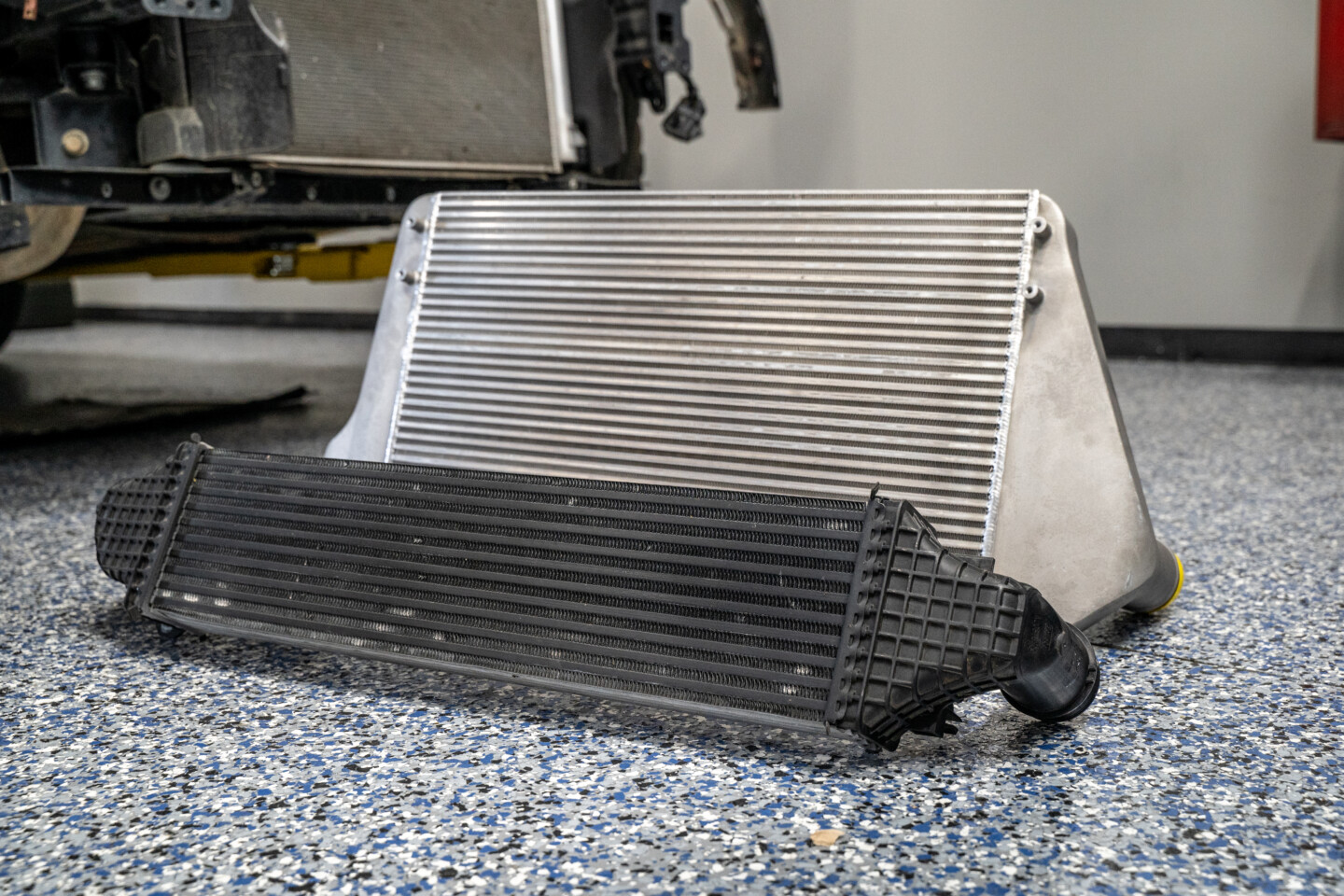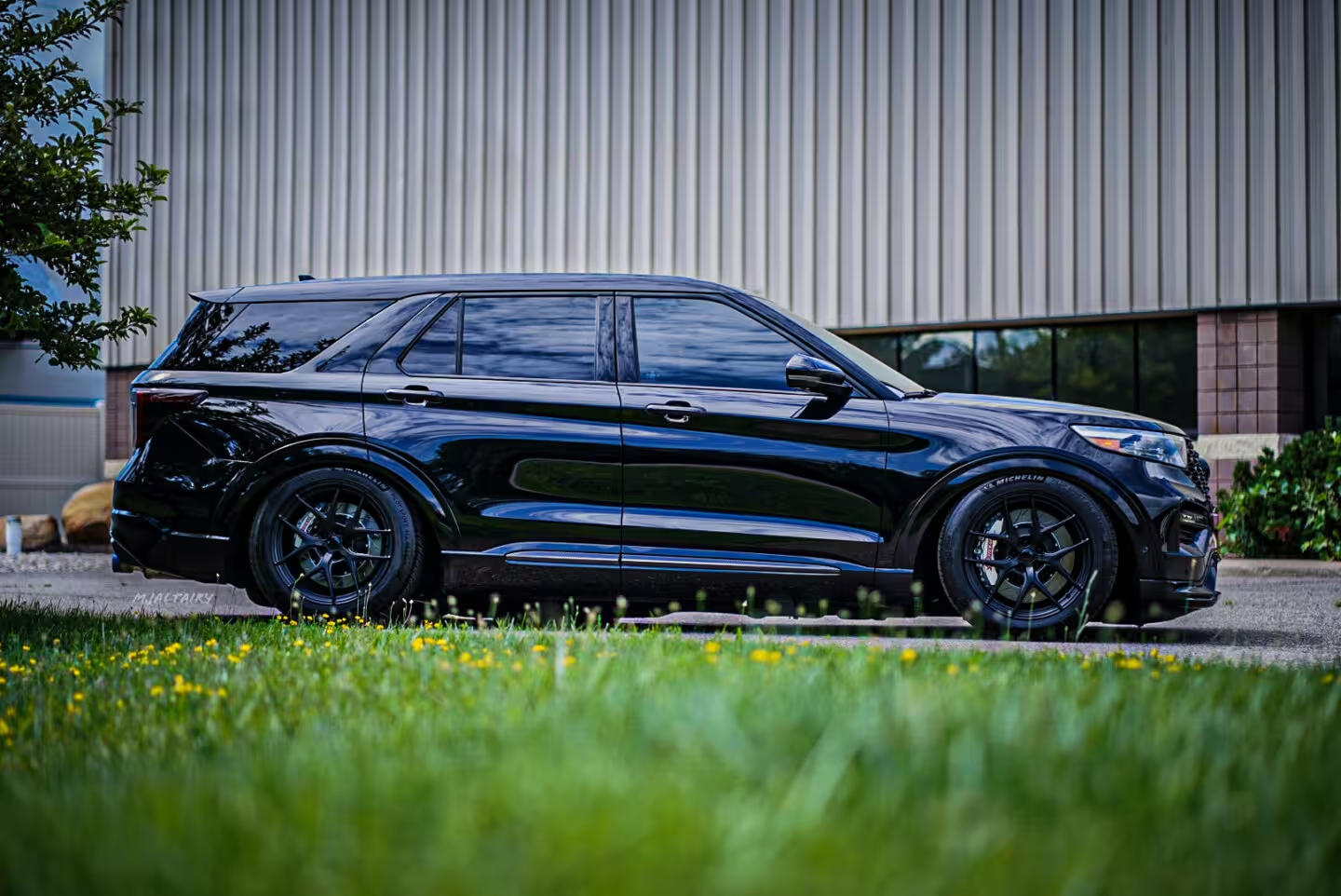The Ford Explorer isn’t typically associated with speed, even with its ST badging, as it’s more often seen at school pickups or soccer games than on the dragstrip. However, with advancements in direct injection, turbo technology, and fast-shifting transmissions, transforming this family SUV into a 10-second performer is now easier than ever. What once required a two-page build sheet can now be achieved with a few key upgrades, proving that the Explorer ST has serious performance potential.
Most EcoBoost-centric shops, product manufacturers, and racers recommend an intercooler, intake, upgraded turbochargers, larger fuel system, tuning, and a built transmission to handle the increased power levels. Below, you’ll find the recipe to turn “the wife’s Explorer” into a sleeper SUV.
One of the first builds to really propel the Explorer ST platform into the 10-second range was owned by Kevin Krupski.
Keeping IAT’s Down
It’s no myth that internal combustion engines perform better with cold air entering the intake manifold. However, when turbochargers utilize recycled hot exhaust gasses to spin the turbine and force air into the intake, air temperatures naturally rise. This is where the intercooler steps in, cooling the hot air before it enters the manifold.
Unfortunately for Explorer ST owners, Ford equipped it with an undersized intercooler from a performance standpoint. This causes what is known as “heat soak,” where rising intake temperatures force the ECU to cut back on boost and spark timing, leading to reduced performance.

The Whipple intercooler for the 3.0-liter EcoBoost offers over 200-percent more volume than the stock unit, significantly reducing heat soak — an issue common with factory intercoolers.
To address this, Whipple Superchargers intercooler is noticeably larger and demonstrates a significant improvement in cooling efficiency. As Whipple’s Product Line Director, Nick Purciello, explains, “One of the EcoBoost-powered vehicles we tested was the Ford Explorer ST. We used the manifold charge temperature (MCT) as our comparison metric, as it represents the temperature of the air just before it reaches the combustion chambers.”
Under wide-open throttle with the stock intercooler and tune, the manifold charge temperatures (MCT) start at 150°F at 0 mph and rise to 156°F at 60 mph. By the time the vehicle reaches the ¼-mile mark, the MCT can reach as high as 170°F. As Purciello explains, “At the temperatures…
Click Here to Read the Full Original Article at DragzineDragzine…

